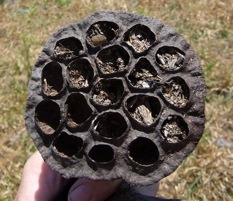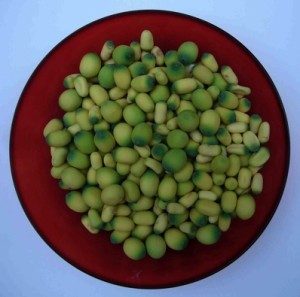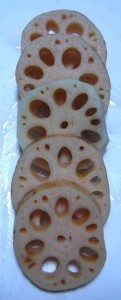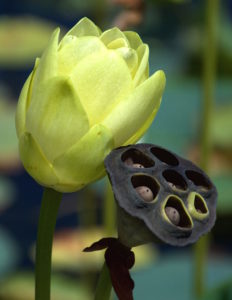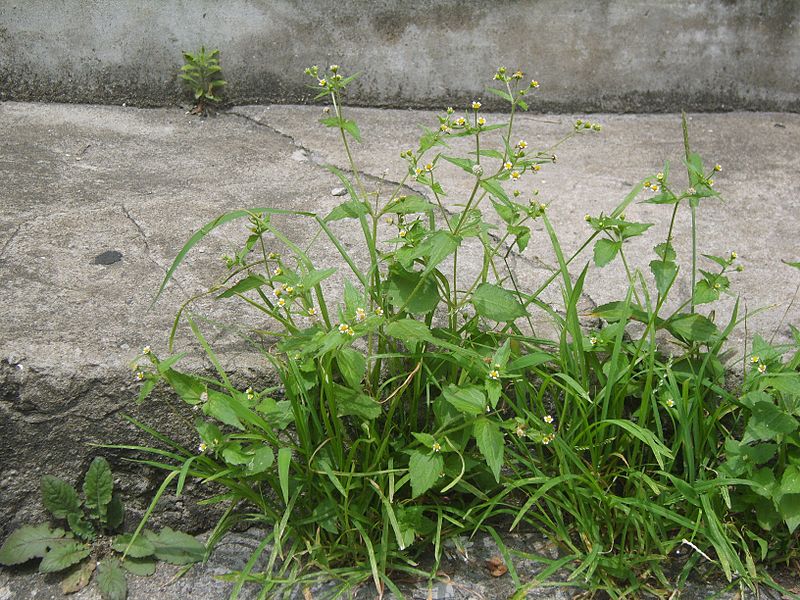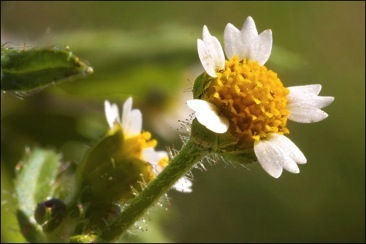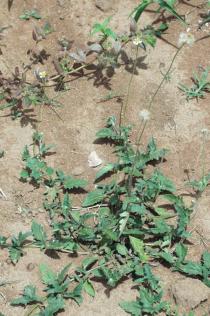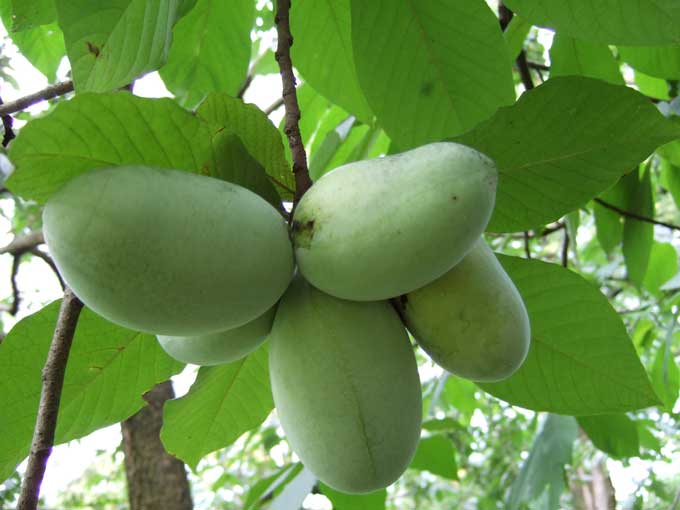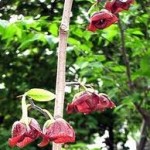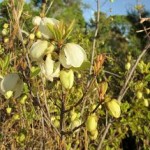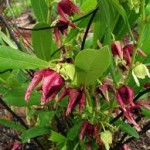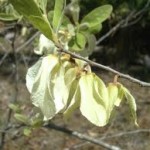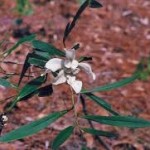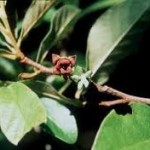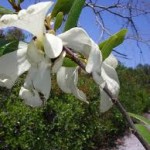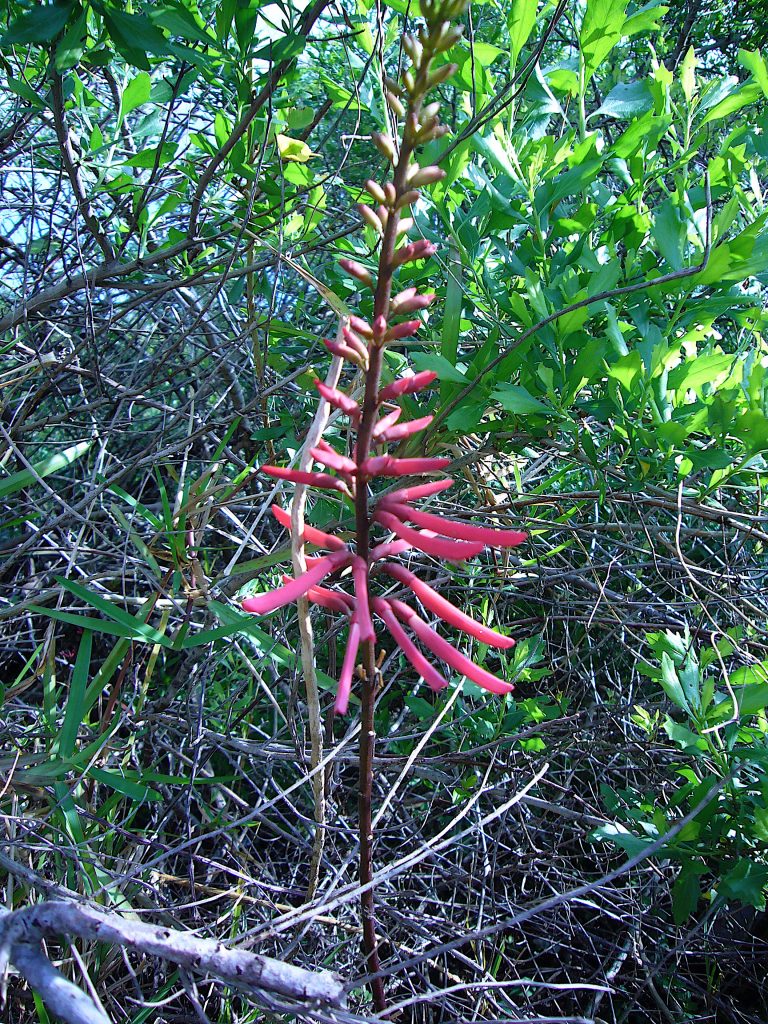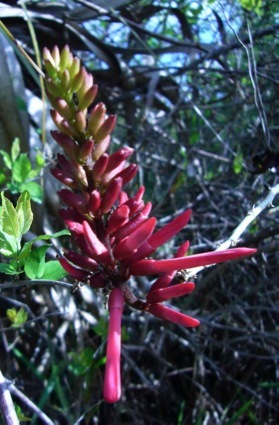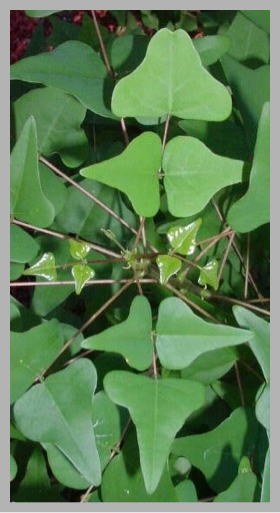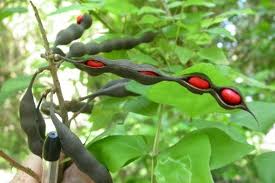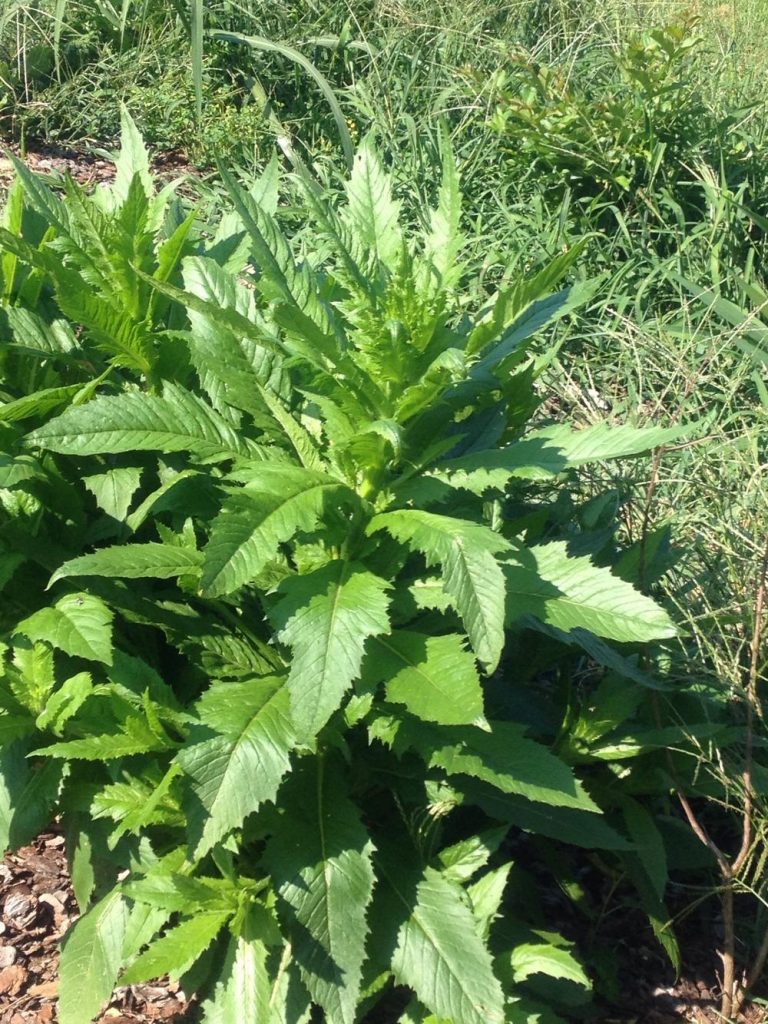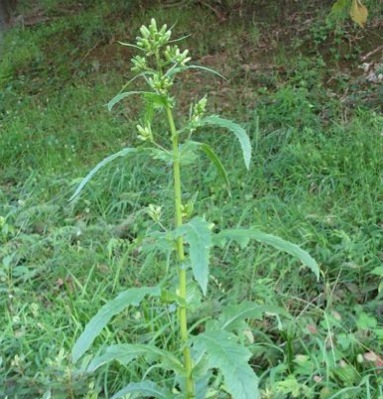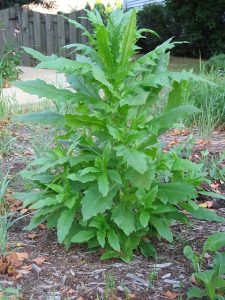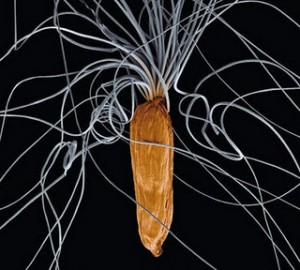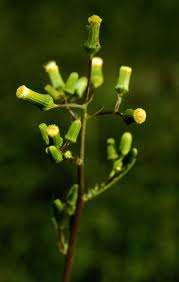More American than apple pie
Nature fights back.
Much of Florida is giving way to housing. For several years I passed a large abandoned pasture with a dry lake bed. Then it was developed into a subdivision and the lake bottom lowered to accommodate the lower water table. For a while very little seemed to grow in the lake — typical subdivision nudity — and then from shore to shore it was covered with American Lotus, Nelumbo lutea (nay-LUM-bo LOO-tee-uh.) When nature finds the right environment, plants find their way there, or come out of dormancy. Mostly likely the lotus seeds had waited decades to sprout.
American Lotus was a main food source for Native Americans and it is basically found east and south of the Rockies plus parts of California. While the root, shoots, flowers and young seeds are edible, it was the root the Indians counted on to get them through the winter. The popularity of the N. lutea no doubt has also led to its many common names: American Lotus, Yellow Water Lotus, Yellow Lotus, Alligator Buttons, Duck Acorns, Water Chinquapin, Yonkapin, Yockernut and Pondnut. Many of those names refers to the plant’s round, dark brown, half-inch seeds. Even its name is about the seed. Nelumbo is Ceylonese and means “sacred bean.” Lutea is Dead Latin for yellow. The species can produce more than 8,000 long-stem yellow flowers per acre and its empty seed pods are often found in flora arrangements. The stamens of the flower can be dried and used to make a fragrant tea and entire dried flowers are used in cooking.
N. lutea likes to grow in shallow ponds and along the edges of slow streams with clean water. It propagates from seed and root. The root is banana shaped and thick, sometimes reaching close to a foot long. When cut it resembles a wagon wheel in appearance. Unlike many “water lilies” the N. lutea leaves are round and not split, with the stem attaching to the middle of the leaf. Some leaves are on the water and some above it. The lotus is a favorite water plant among fishermen because unlike other water lilies the lotus does not grab fishing line in a clef. The unopened leaves are edible like spinach and older leaves can be used to wrap food. Stems taste somewhat like beets and are usually peeled before cooking.
And while the N. lutea is not a day lily it is a two-day flower, the blossoms open one day, close for one night, open the second day then the petals drop off. The center of the flower grows and gets about three-inches across. It develops a seed pod with around 20 seeds and looks like a shower head. American lotus seeds have bloomed after 200 years, some 400 years, and some in China were viable after 1,200 years. The seeds can also be boiled down and made into a paste. When combined with sugar it is often used in pastries. Lotus seeds range from about a half inch in length and third of an inch wide. The inside of the seed has a hollow canal running end for end with a little sprout inside that is too bitter to eat when seeds are mature. Mature seeds also have a good quantity of oil and can be popped. They can be eaten like peas when young. Boil in ample water 20 minutes, push them out of their shell, salt. They are delicious. I think the plump green seeds when boiled taste similar to chick peas, with a little chestnut or corn flavor tossed in. Very, very tasty. Skinny seeds tend to be bitter. If the cooked sprout in the seed is bitter, don’t eat it, or if that doesn’t upset your stomach, enjoy. I seem to have a tender tummy. Older seeds can be ground in to flour.
There are about 1,475 calories in one pound of lotus flour. Lotus flour is approximately: 72% carbohydrate, 7.8% protein, 0.7% fat, 12.2% fiber, 4.0% water, and 3.3% minerals. Per 100 grams there are 63-68 grams carbohydrate (mostly starch), 17-18 grams of protein, only 1.9-2.5 grams fat; the remainder is water (about 13%), and minerals, mainly sodium, potassium, calcium, and phosphorus. Calories per 100 grams is about 350. It is also a good source of protein, up to 19% with a one ounce serving of dried seeds providing 5 grams. The seeds are low in fiber and not a good source of vitamins but are a good source of oil. Half ripe seeds are delicious raw or cooked, and taste similar to chestnuts.
Lotus root is sweet and can be eaten as raw, sliced stir fried, or stuffed and is similar to sweet potato. Young lotus roots are good for salads while the starchy roots are good for making soups. The root discolors quickly when cut, so treat like an apple or pear as soon as it is peeled and cut up drop it into water with lemon juice or citric acid. It is often left to soak in water to reduce any bitterness. There are only two species of Nelumbo, one in the Americas, yellow, and one in Asia, pink. It is probably second only to the cattail as for usefulness and that is for two reasons. The roots can be buried deep and are best in the fall. Also the entire plant can be bitter so while it is edible raw it is far better cooked.
Culturally the lotus has been cited for thousands of years. It is found in the early art of India, Assyria, Persia, Egypt and Greece. In India it was considered sacred. In ancient Greece the lotus symbolized beauty, eloquence and fertility. Idylls, a poem written by Theocritus of Syracuse between 300-250 B.C., described how maidens wove lotus blossoms into Helen’s hair on the day she married. The Egyptians placed a lotus flower on the genitalia of female mummies.
Lastly, in Japan some people think health-giving juices can be extracted from the lotus by cutting leaves with 12-18 inch stems. They then pierce the top center of the leaf where the stem is on the other side, fill the cupped leaf with wine, and holding it overhead drink the wine through the stem. While it might be a picturesque party ploy I would think the bitter raw sap would take away from the moment.
Stir-Fried Lotus
Two pounds of lotus root, trimmed and peeled
Two tablespoons sesame oil
1.5 tablespoons sugar
1 cup sake (or pale dry sherry)
2 tables spoons dark soy sauce (or regular if you prefer)
1 teaspoon toasted sesame seeds
One small hot pepper of your choice, mine is one chipotle pepper in adobo sauce
Optional: two scallions
Cut the lotus crosswise in quarter-inch slices. Soak in water, change until water runs clear. Dry. Heat sesame oil. Add lotus roots and toss for a minute. Add the rest of the ingredients. Stir continuously until reduce, about 10 minutes. Good hot and warmed up.
Green Deane’s “Itemized” Plant Profile
IDENTIFICATION: Large, showy yellow or pink flowers on long stems, leaves round, some floating, some out of the water, stem attaches to the middle back of the large leaf.
TIME OF YEAR: Roots year round though best in autumn, flowers in late spring or summer in Florida, later in northern climes, June through September.
ENVIRONMENT: Shallow ponds, edges of slow rivers, essentially fresh quiet waters.
METHOD OF PREPARATION: Numerous, all parts of the plant raw or cooked, root, seeds, unopened leaves, and stems. HOWEVER, all parts better seeped in water and cooked to reduce any bitterness. Boiled greens, seeds squeezed out of their shell are especially tasty. Dried flowers for tea or added to soups. Lastly, the wilted leaves — held next to a fire — can be used to wrap food in for cooking.


